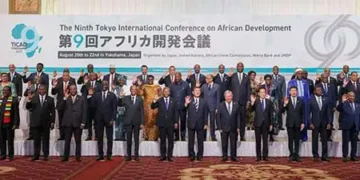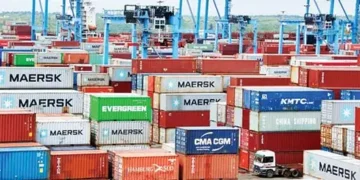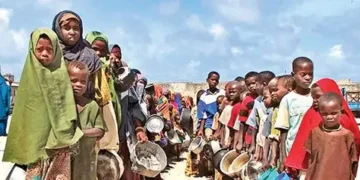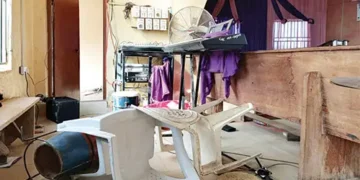Blitz Bureau
The government of Japan and the African Development Bank on August 21 signed a Memorandum of Understanding, launching the sixth phase of the Enhanced Private Sector Assistance (EPSA6) agreement, which provides a framework for critical resource mobilization and development partnership for African countries.
Under EPSA6, the bank and JICA will work together to support regional member countries for the period 2026- 2028, with a financial package of up to $5.5 billion – half a billion more than EPSA5 – while ensuring their debt sustainability. .The EPSA initiative, created in partnership with the Government of Japan in 2005, supports the implementation of the bank’s Strategy for Private Sector Development. Its key priorities are power, connectivity, health, agriculture and nutrition.
Japan International Cooperation Agency (JICA) President Dr. Akihiko Tanaka said co-financing under previous EPSA agreements since 2005, had resulted in $12 billion of support to Africa from the African Development Bank and JICA. The $5.5 billion ambitious new target for EPSA6 is more than five times the original target of EPSA1, 20 years ago, he said.
“This reflects the growing strength of our partnership and the increasing importance of our joint effort,” he added. “With this focus we are committed to address not only climate change but also a broad range of shocks.”
Previous EPSA agreements have helped finance critical infrastructure such as the Bujagali Hydropower Plant (Uganda), RASCOM (the first Pan-African communication satellite), the East Africa Submarine Cable System, Lekki Toll road (Nigeria), and the Kigali Bulk Water Supply in Rwanda.
EPSA 5, which ran from 2023 to 2025, involved a $5 billion financial cooperation announced at the Eighth Tokyo International Conference on African Development (TICAD8) in 2022. EPSA5 had achieved a $ 4 billion joint cofinancing target “as of today,” said African Development Bank Vice President for Power, Energy, Climate and Green Growth Kevin Kariuki. Projects worth $1.6 billion were at an advanced stage of cofinancing by the end of 2025, leading to a total of $5.6 billion of co-financing by the end of December 2025 – 112% of the $5 billion target.
































